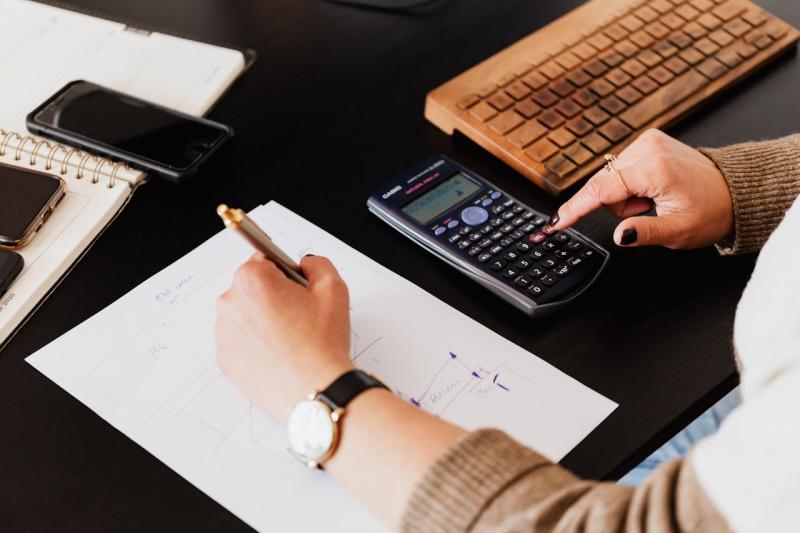How to Maintain and Clean Office Furniture for Longevity

Office furniture is a significant investment for any business, contributing to employee comfort, productivity, and the overall aesthetic of the workspace. However, without proper maintenance and cleaning, this investment can quickly deteriorate. By adopting a few simple practices, you can ensure that your office furniture remains in excellent condition for years to come. Here’s a comprehensive guide on how to maintain and clean various types of office furniture for longevity.
1. General Maintenance Tips
Regular Inspections
Conducting regular inspections of your office furniture can help you identify any potential issues before they become serious problems. Check for loose screws, wobbly legs, or worn-out upholstery. Addressing these issues early can prevent more extensive damage and costly repairs.
Protect from Sunlight
Direct sunlight can cause fading and damage to office furniture, particularly wood and upholstered items. Use blinds or curtains to block out harsh sunlight and consider positioning furniture away from windows where possible. If sunlight exposure is unavoidable, using UV-protective films on windows can also help.
Avoid Excessive Weight
Be mindful of the weight limits for office furniture, especially desks and chairs. Overloading can lead to structural damage and reduce the lifespan of the furniture. Encourage employees to use furniture as intended and avoid placing heavy items on desks or shelves.
2. Cleaning Different Types of Office Furniture
Wooden Furniture
Dust Regularly: Use a soft, dry cloth or microfiber duster to remove dust from wooden surfaces. Dusting should be done weekly to prevent buildup.
Clean with Care: For deeper cleaning, use a damp cloth with a mixture of mild soap and water. Avoid soaking the wood, as excessive moisture can cause warping. Wipe dry immediately after cleaning.
Polish Sparingly: Use furniture polish or beeswax occasionally to restore shine and protect the surface. However, avoid over-polishing, as this can create a buildup of residue.
Upholstered Furniture
Vacuum Frequently: Regularly vacuum upholstered furniture with an upholstery attachment to remove dust, dirt, and crumbs. This should be done at least once a week.
Spot Clean Stains: Address spills and stains immediately by blotting with a clean, dry cloth. For more stubborn stains, use a mild detergent mixed with water, testing on a hidden area first to ensure colorfastness.
Professional Cleaning: Schedule professional upholstery cleaning every 1-2 years to maintain the integrity of the fabric and remove deep-seated dirt.
Metal Furniture
Wipe Down Surfaces: Use a damp cloth to clean metal surfaces, followed by a dry cloth to prevent water spots. For tougher stains, use a mild detergent.
Prevent Rust: Check metal furniture for signs of rust and treat any spots with rust remover or sandpaper. Applying a coat of wax can help protect the metal from moisture.
Glass Furniture
Use Glass Cleaners: Clean glass surfaces with a glass cleaner and a microfiber cloth to avoid streaks. This should be done regularly to maintain clarity.
Avoid Abrasives: When cleaning glass, avoid abrasive materials that could scratch the surface.
3. Caring for Office Chairs
Adjust Settings
Ensure that office chairs are correctly adjusted for each user. Regularly check and adjust height, lumbar support, and armrests to promote ergonomic use and prevent wear.
Clean and Condition
Vacuum and Wipe Down: Regularly vacuum fabric chairs and wipe down leather chairs with a damp cloth. For leather, use a specialized leather cleaner and conditioner to keep the material supple.
Rotate and Inspect: Encourage employees to rotate chairs or change their positions to prevent uneven wear. Regularly inspect the wheels and mechanisms to ensure they function properly.
4. Organizing and Decluttering
Clear Surfaces
Keep desks and tables clear of unnecessary items to reduce clutter. This not only improves the appearance of the office but also minimizes wear on the furniture.
Use Storage Solutions
Implement storage solutions such as cabinets, shelves, and filing systems to keep documents and supplies organized. A well-organized office helps protect furniture from damage caused by overcrowding.
5. Seasonal Maintenance
Deep Cleaning
Consider scheduling deep cleaning sessions quarterly or biannually. This includes professional cleaning of carpets, upholstery, and furniture surfaces to maintain a fresh and tidy workspace.
Rotate Furniture
If possible, periodically rearranging or rotating furniture can help distribute wear and tear more evenly, especially for heavily used items.
Conclusion
Maintaining and cleaning office furniture is essential for ensuring its longevity and appearance. By implementing regular maintenance practices, cleaning appropriately for each material type, and promoting an organized workspace, businesses can protect their investments and create a more pleasant working environment. Ultimately, a little effort in furniture care goes a long way in enhancing employee comfort and productivity while extending the life of the office furnishings. Taking these steps not only preserves the aesthetic and functionality of the furniture but also contributes to a more sustainable office by reducing the need for frequent replacements.










Comments